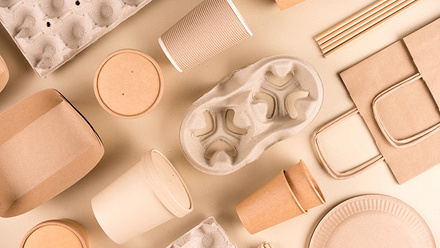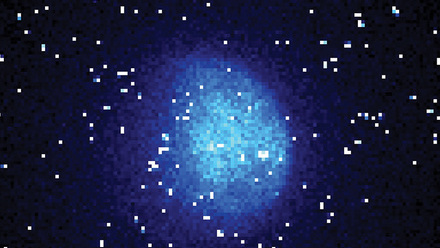Happy (belated) birthday JET
Celebrating four decades of progress in fusion energy as the Joint European Torus (JET) turns 40.

JET turned 40 yesterday. Originally designed to run experiments for eight years, JET is still going strong.
It uses magnetic fields to confine its plasma, a superheated gas of hydrogen isotopes, in the machine. Under intense heat – 150 million degrees Celsius and pressure, hydrogen fuses into helium, releasing energy as neutrons.
JET produced its first plasma on 25 June 1983 and is currently the only the tokamak that operates using deuterium and tritium. Notable achievements by JET include:
- 1983: First plasma
- 1991: First deuterium-tritium plasma created and world record at 1.8MW
- 1997: First deuterium-tritium experiments and world record for producing 16.1 MW and 21.7 megajoules
- 2021: Second deuterium-tritium experiments and world record for sustained fusion energy at high power producing 59 megajoules over 5 seconds, demonstrating fusion powerplant potential
JET’s research will continue to benefit ITER – the international tokamak experiment being built in southern France, which is designed to show that fusion can work at the scale of a powerplant – and many other fusion programmes worldwide.
Professor Sir Ian Chapman, CEO, UKAEA, said, ‘The fact that we got the record power in 1997 gave us confidence to go ahead and build ITER and the 2021 results give us confidence that we are on track for taking the next step towards fusion powerplants.’







